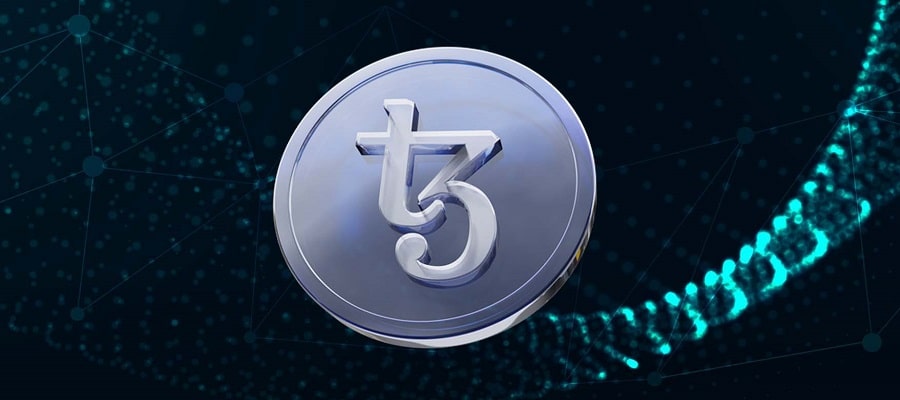
Tezos blockchain platform
Tezos (XTZ) represents a true innovation in the world of online trading. It is the first cryptocurrency in the world to run on a self-evolving blockchain and its main strength lies in the constant technological upgrade offered by its ecosystem and the reliability of its backers. The new generation of cryptocurrencies owe their success to unique innovations in terms of functionality, service and underlying technology. In this regard, Tezos can be considered a true leader. It is worth finding out how Tezos (XTZ) works and how its blockchain is different from any other cryptocurrency currently on the market.
What is Tezos?
The Tezos project is the first in the cryptocurrency world to introduce an open-source, self-updating blockchain. Its main goal is to create decentralized applications (dApps) and smart contracts managed by users, and its continuous development is based not on the mining process, but on the peer-to-peer mechanism, Liquid Proof-of-Stake (LPoS) technology and on-chain management.
The platform is linked to the Tez or Tezzie token, denoted by the symbol XTZ. Tezos users earn XTZ rewards by participating in the confirmation system of transactions that are made on the network, so investing in this token allows, first of all, to secure a specific and permanent form of income.
History and origins
Tezos was released to the public in 2014 as a white paper developed by creators Arthur and Kathleen Brightman, who lead the Tezos Foundation. The paper focuses on the proposed peer-to-peer computing power sharing, analytically illustrating the many benefits of this method, which is still underused by blockchain ecosystems. However, the project was only brought to market in 2017 and, despite a long wait, managed to raise over $230 million (accepting contributions also in Bitcoin and Ethereum), creating the most important ICO in the history of online trading.

Tezos (XTZ): what is it and how does it work
On-chain governance is the backbone of the Tezos project. It was created with the aim of protecting the ecosystem from cyber threats and hacker attacks to avoid scenarios similar to those already seen in the DAO (Decentralized Autonomous Organization) of Ethereum.
Therefore, the creators of Tezos have allowed all investors to personally participate in network change projects so that they can determine how the network should develop in the first place. This was achieved by giving stakeholders the opportunity to vote on all proposed changes to the platform, both in relation to the adopted protocols and the voting system itself.
In this way, On-chain-Governance is based on a highly democratic model of organization and avoids that changes made to the network collide with investor resentment, causing the emergence of factions that hinder the development of the project. Each developer has the opportunity to submit proposals for system upgrades, which are then voted on by all XTZ token holders. If the opinions of the majority are positive, then the changes are implemented and the developers are rewarded accordingly, as well as compensated for the improvements made to the network.
